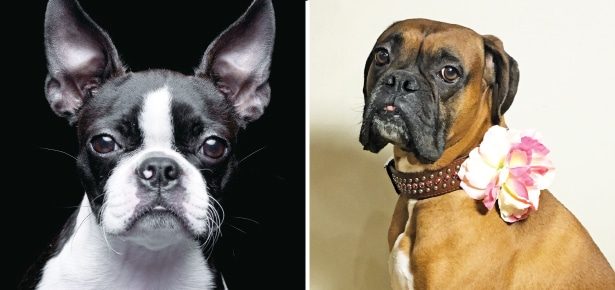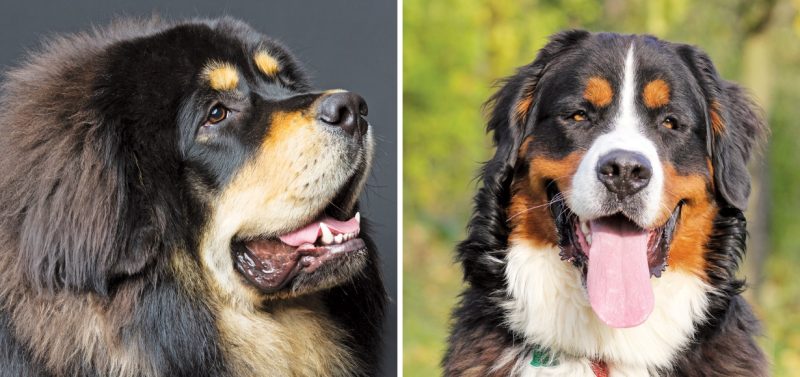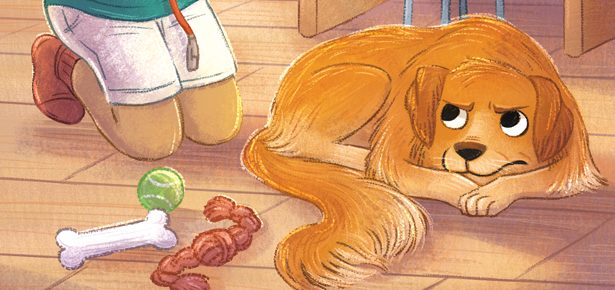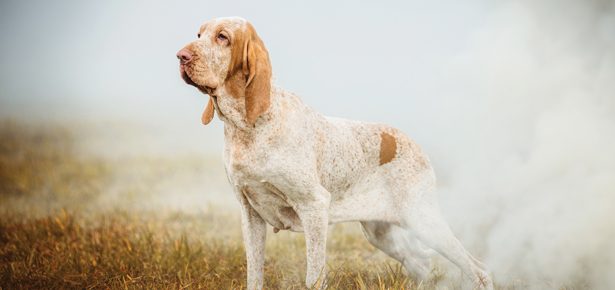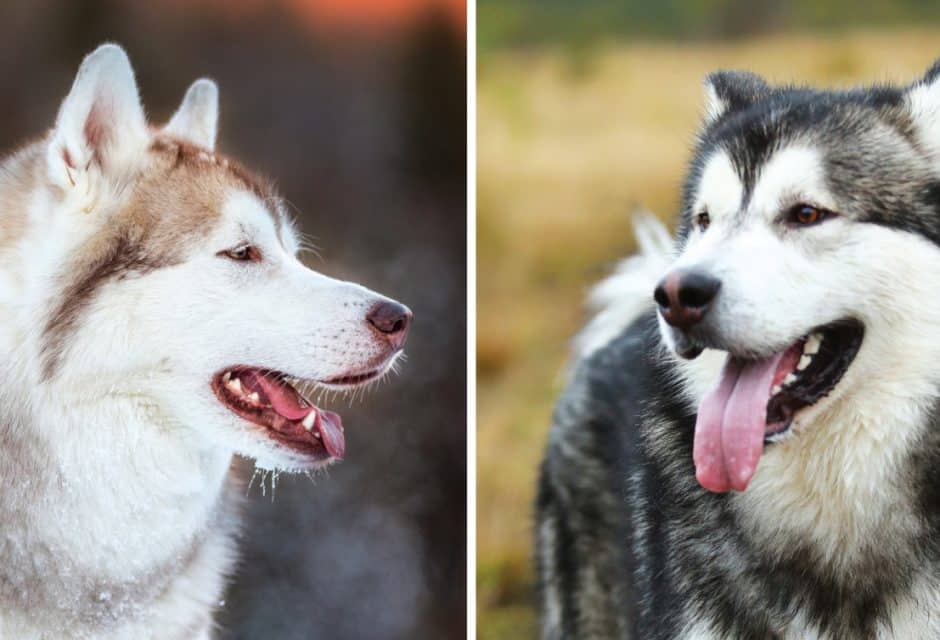
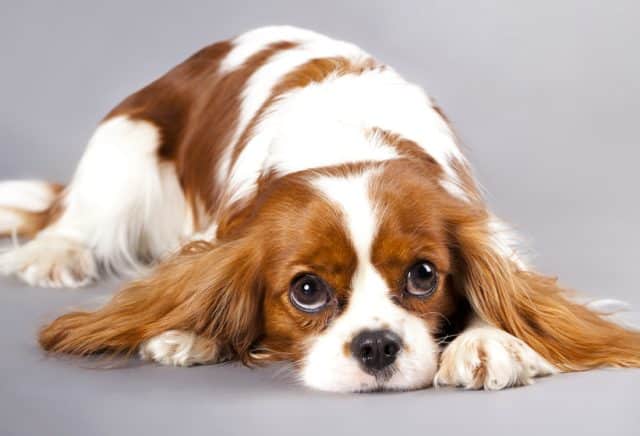
The Cavalier King Charles Spaniel
From court to couch
There is nothing stuck-up about the Cavalier King Charles Spaniel. Despite being named after a king and boasting one of the most unquestionably uppercrust pedigrees of any breed, the Cavalier is far too full of affection for everyone to stand on formality. Indeed, should you attempt to follow courtly protocol and sweep one a deep and respectful bow, you would swiftly find yourself with a faceful of friendly spaniel licking your cheek and begging for an undignified romp on the floor.
Perhaps this is the secret behind the long love affair between the Cavalier and the British monarchs. Surrounded by propriety and stiff etiquette, sycophants and servants, the royals must have delighted in the unassuming and unrehearsed antics of their little spaniels. Who could doubt the honesty of a gaily wagging plumed tail or glance of pure love from those soulful Cavalier eyes? The many celebrities of today who cherish their Cavaliers may feel the same way. Certainly, the list of the breed’s adherents is impressive: Mickey Rooney, Frank Sinatra, Princess Margaret, Diane Sawyer, Teri Hatcher, Jennifer Love Hewitt, Amanda Bynes, Liv Tyler, and Courtney Cox all had or have one, and the TV blockbuster Sex and the City featured a Cavalier named Elizabeth Taylor as the canine sidekick of character Charlotte York.
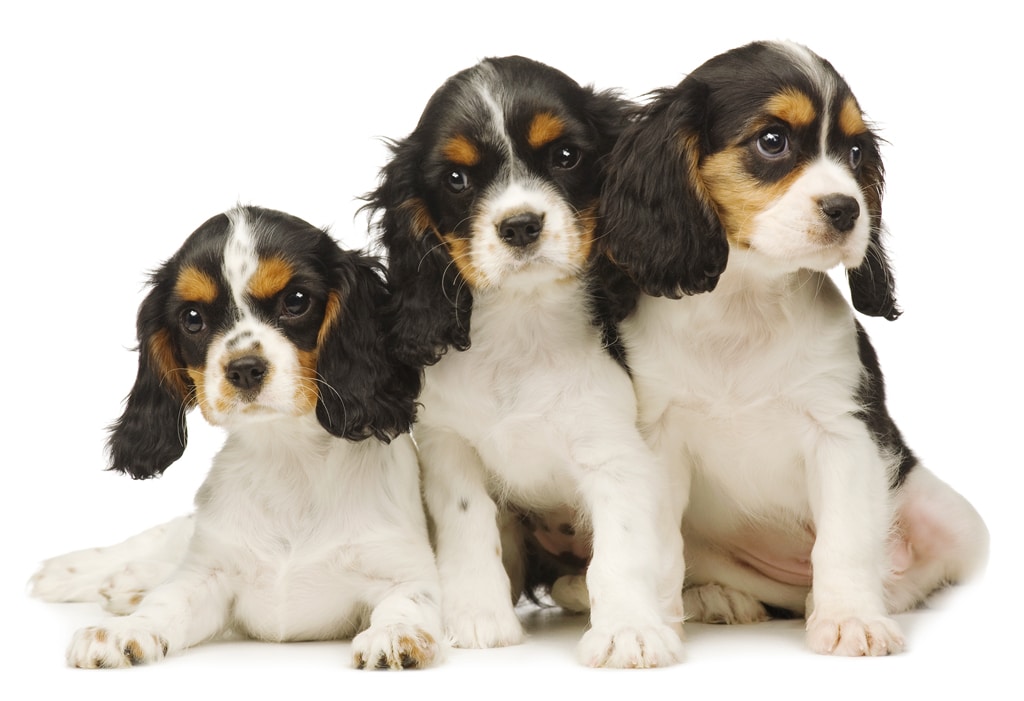
Life-on-White/Bigstock
Small companion spaniels closely resembling the Cavalier appear in artworks dating back hundreds of years. Titian featured them in several of his works, including Venus of Urbino (1538) and Clarice Strozzi (1542). In England, they modeled for Landseer, Reynolds, Gainsborough, and Van Dyck, appearing in many portraits of the wealthy and blue-blooded. At least three Stuart kings owned the breed, most notably Charles II, who was almost never seen without one or more of them at his side. The long-nosed spaniels fell out of favour under William and Mary, when flat-faced breeds resembling the rulers’ Pug dogs were fashionable, and breeders began producing toy spaniels with flat faces. Confusingly, these were called King Charles Spaniels, a breed that still exists today in Britain (in the US, they are called English Toy Spaniels).
In the 19th century, however, Queen Victoria’s favourite pet during the early part of her reign was a small, long-faced spaniel named Dash. The young queen loved to bathe and dress up her adored Dash, and upon his death, she wrote the following epitaph for him:
Here lies Dash, the Favourite Spaniel of Queen Victoria
His attachment was without selfishness,
His playfulness without malice,
His fidelity without deceit.
Reader, if you would live beloved and die regretted, profit by
the example of Dash.
Perhaps because of Victoria’s patronage, spaniels like Dash survived the much higher popularity of their dome-headed, shortfaced cousins and finally achieved British Kennel Club recognition in the 1940’s, when they were christened Cavalier King Charles Spaniels to distinguish them from the previously recognized King Charles Spaniel. The breed now ranks 23th in popularity in the US and will likely keep climbing as the demand for compact, friendly, adaptable dogs continues to grow.
Undoubtedly, the Cavalier excels on all these accounts. At 12 to 13 inches in height, she can be tucked into a carrier or under an arm, yet she is not fragile or dainty. Whether greeting family or a stranger, the essence of her personality is “Hello! I love you!” and as long as she is near people, she is a happy soul. In her book, Cavalier King Charles Spaniel (Kennel Club Books; 2004), Juliette Cunliffe writes: “The amenable Cavalier…will adapt readily to a regular short walk around the block, a longer walk with a free romp in the park, or merely a good energetic game with a ball in your backyard. At other times of day, the Cavalier will be quite content to join his owner watching the TV, curled up on the sofa.” The breed sports a silky, medium-length coat in either black and tan, “ruby” (a solid, rich red), tricolour (black and white with tan markings), or red and white. This last pattern is called “Blenheim” after the ancestral home of the dukes of Marlborough, Blenheim Palace, where the red and white Cavalier was particularly prized.
While the Cavalier is a charming and mostly low-maintenance pet, the breed has its share of health challenges, including high incidences of heart and hip problems. Syringomyelia, a painful neurological disorder, is common in Cavaliers, as is “flycatcher’s syndrome,” which leads to obsessive/compulsive behaviours such as snapping at imaginary flies or tail-chasing.
The website cavalierhealth.org provides extensive information on these and other health issues; anyone planning to buy a Cavalier should browse the site and question prospective breeders about their health policies and breeding practices. Today, the Cavalier may find repose upon a cozy couch rather than on the silken cushions of her courtly past. But one thing has not changed. As Queen Victoria wrote of her own darling Dash, these sweet-natured spaniels still “live beloved,” reigning supreme over the hearts of everyone from seniors to “sex and the city” girls.
» Read Your Breed For more breed profiles, go to moderndogmagazine.com/breeds
Join the newsletter and never miss out on dog content again!
"*" indicates required fields
By clicking the arrow, you agree to our web Terms of Use and Privacy & Cookie Policy. Easy unsubscribe links are provided in every email.

